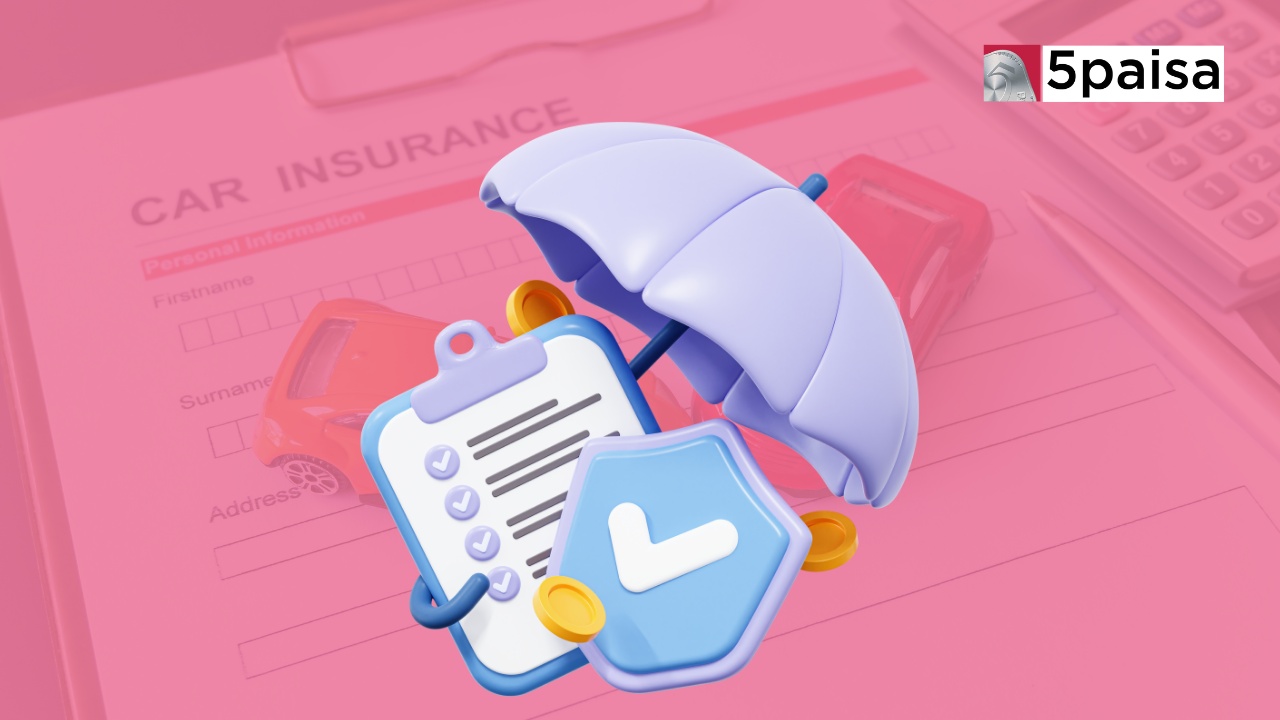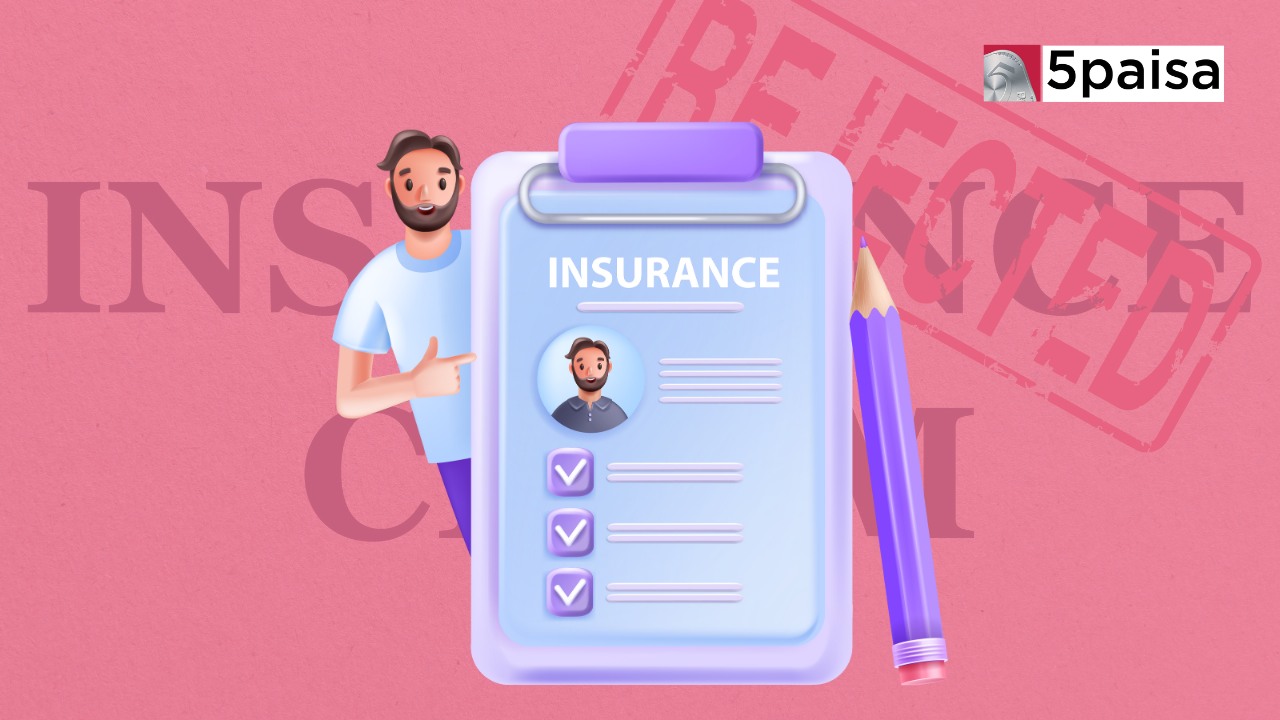How to Transfer Car Insurance Policy

When an insured car is transferred to another person, the new owner can’t drive the vehicle on the road with the same insurance policy with the seller’s or transferor’s name still written as the owner of the car even after the transfer. So, the new owner either needs to take a new insurance policy for the car, or get the name of the owner changed in the existing policy through the process of transfer of the insurance policy. With the transfer of a car policy, the insurance benefits of the policies also get transferred.
What is Car Insurance Transfer?
A car insurance transfer means a change in the ownership details – like the name of the owner, age, address, etc – in the existing insurance policy while transferring the insured car from the current owner to the new owner. By transferring the car insurance, the current owner may avoid the hassles of cancelling the existing policy. On the other hand, the new owner gets ready coverage for the remaining insurance period along with the benefits of No Claim Bonus and other accumulated benefits even at the time of renewal.
How to Transfer Car Insurance?
Like the documentation needed to transfer a car to another person, transferring the car insurance also needs paperwork. Following are some of the steps to be taken to transfer car insurance –
Along with documents like the new RC (Registration Certificate) and the required forms, etc, the existing owner needs to inform the insurer in writing about the transfer of ownership of the car.
The new owner needs to submit a signed endorsement form containing details like name, age, address, profession, and other relevant data to accept the transfer.
To facilitate the due diligence by the insurer, supporting documents like ID, address proof, etc are to be submitted for verification.
To make the transfer effective, the required premium amount – as informed by the insurer after fresh underwriting for the remaining insurance period – has to be deposited.
NCB certificate and a consent letter from the existing owner need to be submitted to ensure the transfer of No Claim Bonus.
To get the benefit of NCB and other accumulated benefits, the application for the car insurance transfer needs to be submitted within 15 days from the date of the transfer of ownership of the vehicle. Any undue delay would deprive the new owner of getting the existing benefits.
Once satisfied after examining the application forms and supporting documents, the insurer will issue a new Certificate of Insurance (CoI) in the name of the new owner for the remaining insurance period.
The new owner should retain all the documents to ensure getting the NCB and other benefits during future renewals and in the case of changing the insurer as well.
Documents Required to Transfer Car Insurance to New Owner
Along with the required RTO forms – Form 28, 29, 30, or 31, as applicable – some of the important documents to be submitted for the transfer of a car insurance policy are –
Proof of sale/transfer of the car
New Registration Certificate (RC) of the car
A valid driving license of the new driver/owner-driver
Existing insurance policy documents of the car
Endorsement form signed by both the transferer and the new owner of the car
Documents for address proof, like a utility bill, bank statement, or passport, etc
Proof of deposit of insurance premium
NCB Certificate and NCB Consent Letter issued by the previous owner of the car
Documents Required for NCB Retention Letter
To ensure the new owner gets the benefit of the No Claim Bonus (NCB), the existing owner needs to issue an NCB certificate and a consent letter indicating that the transferer has no objection in providing the existing NCB benefits to the buyer of the car.
Along with the applicable forms required to be submitted for car insurance transfer, the NCB Certificate and the consent letter need to be submitted to the insurer to ensure the NCB transfer.
Reasons Why Transfer of Car Insurance is Required
Instead of taking a new insurance cover after buying a second-hand car, it’s better to get the existing insurance transferred, due to some of the following reasons:
Continuous Coverage: By transferring the insurance along with the car, the new owner may start driving the car immediately as there will be no need to get a fresh insurance cover. There will be no need to get the car inspected in case of a car insurance transfer.
Cost Saving: In the case of insurance transfer, the new owner not only saves costs on vehicle inspection and some other processes, but also gets the benefit of NCB and other accumulated benefits, which reduces the cost further.
Existing Benefits: Along with the existing car insurance, benefits like NCB, loyalty points, etc also get transferred. Otherwise, the new owner needs to have some consecutive claim-free years to get the same benefits.
Flexibility: At the time of transfer of car insurance, the new owner has the opportunity to customise it to avail the benefits needed.
No Claim Bonus Transfer to the New Car Owner
No Claim Bonus (NCB) is an incentive given for responsible and safe driving that minimises the chance of accidents and reduces the possibilities of motor insurance claims. NCB benefits both the insurer and the insured. Due to reduced instances of motor accident claims, the insurance payouts of an insurance company are reduced, and the insureds get a reduction in the insurance premium through NCB for every claim-free year by driving safely. With every successive claim-free year, the percentage of NCB increases and it may increase up to 50 per cent, reducing the premium payable by as many per cent. However, once a claim arises, the insured gets no benefit of NCB in the subsequent year’s premium, unless NCB protection rider is taken. An insured may also lose the benefit of NCB, if there is an insurance gap due to not renewing the policy within the due date or the grace period.
As NCB is an incentive given to the owners for responsible driving, an owner has a choice to pass the NCB benefit to a new owner while selling/transferring the insured car or retain it for his/her own benefit and use it while applying for the insurance of another vehicle purchased by him/her. So, while purchasing a second-hand car, the purchaser needs to negotiate with the current owner about the transfer of the car insurance along with NCB and other accumulated benefits.
What Are the Other Things that need to be Transferred for a Second-Hand Car Sale?
Apart from the car insurance, other things to be transferred to the new owner of a second-hand car are –
Registration Certificate (RC): The RC of the car has to be transferred from the previous owner to the new owner to complete a car sale/transfer process. It is necessary to transfer the RC while transferring a car, not only to ensure absolute ownership of the buyer, but also to absolve the previous owner from any obligations that may arise due to misuse of the car and in case of any mishap.
Fitness and Pollution Test Certificates: To ensure that the new owner may start using the car without any hassles, mandatory certificates – like Fitness Certificate, Pollution Test Certificate, etc – are also to be transferred along with the car.
Conclusion
To ensure uninterrupted usage of a car, reduce hassles, save costs, and get NCB and other accumulated benefits, it’s better to transfer the insurance along with other necessary documents while the car gets transferred to a new owner.
 Sachin Gupta
Sachin Gupta Ruchit Jain
Ruchit Jain Tanushree Jaiswal
Tanushree Jaiswal


